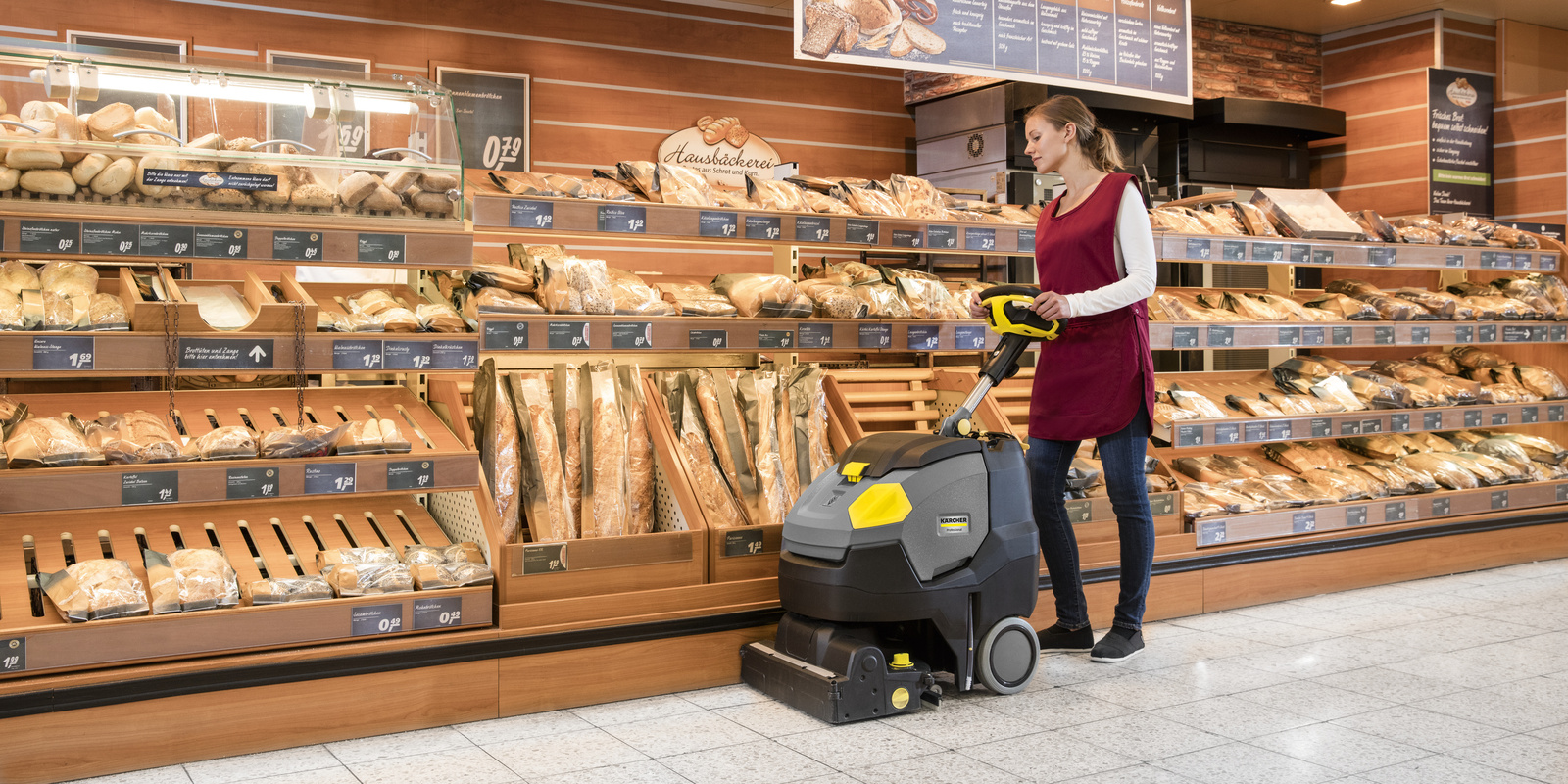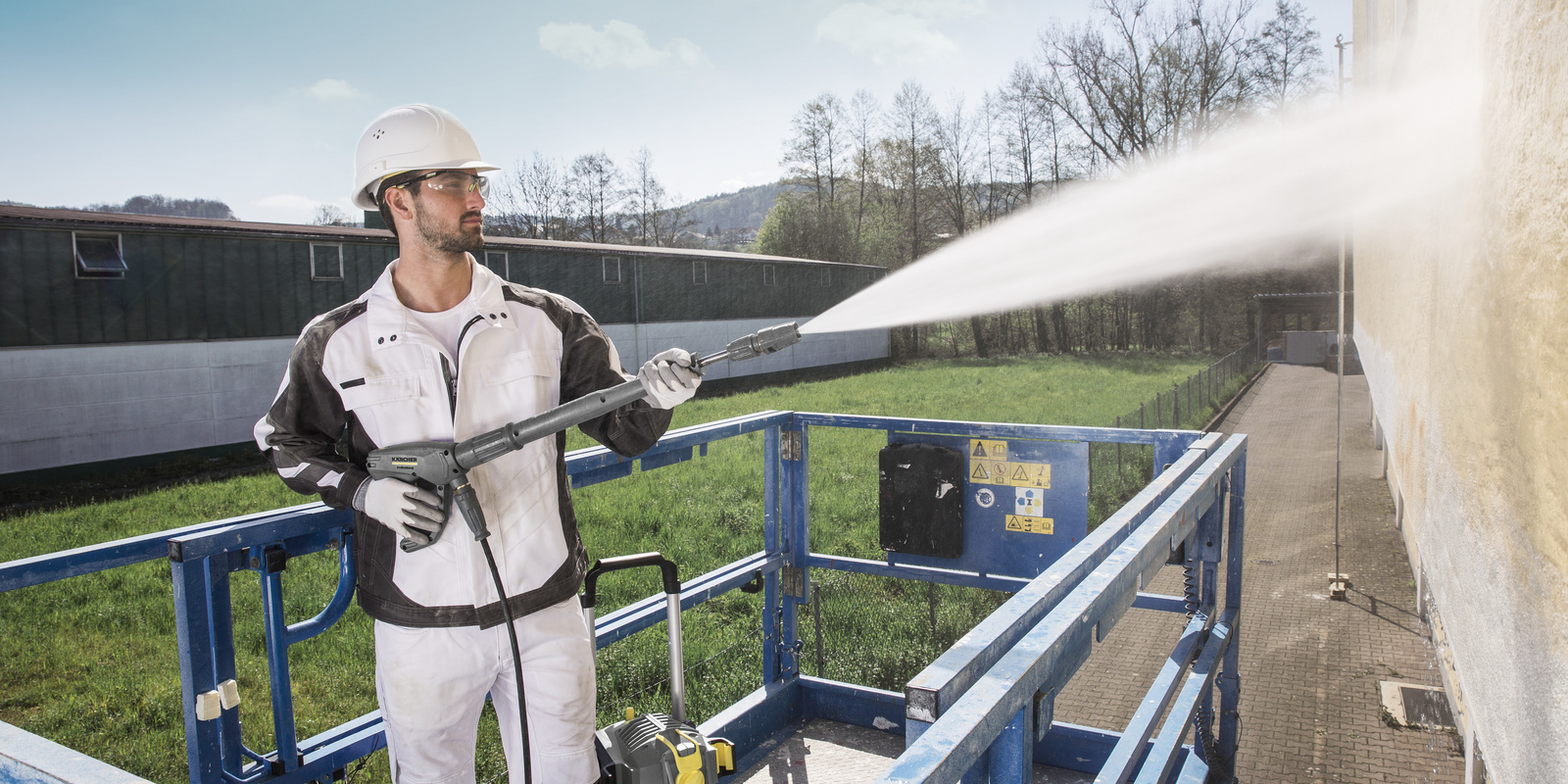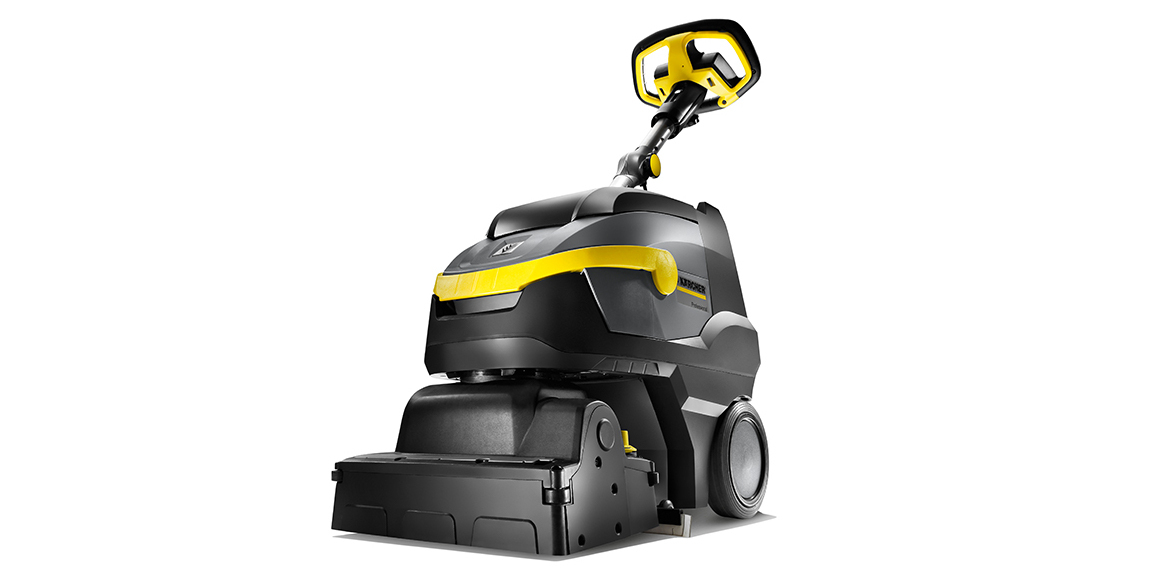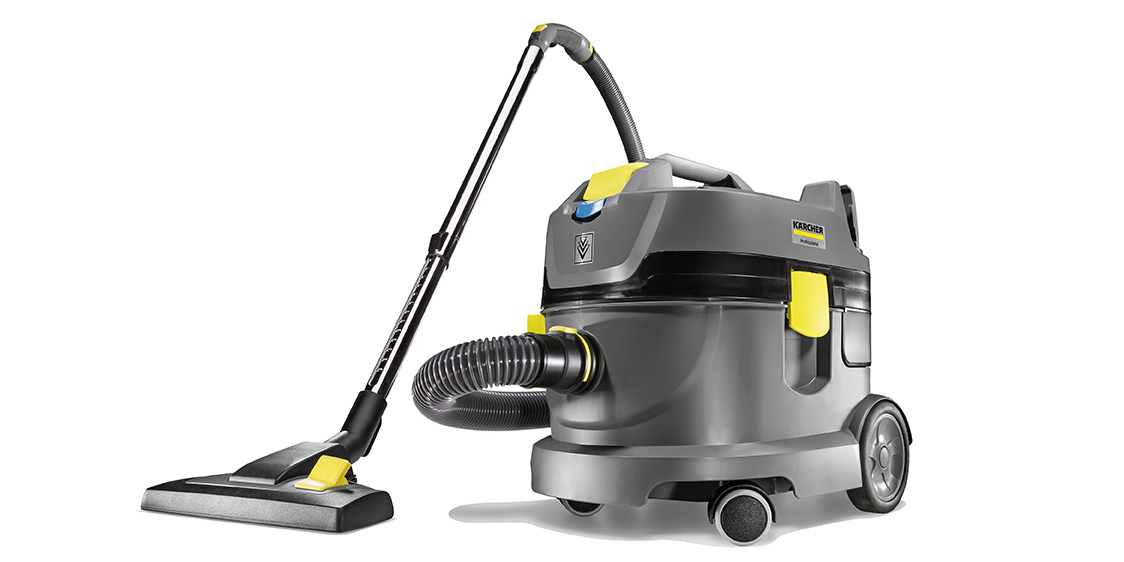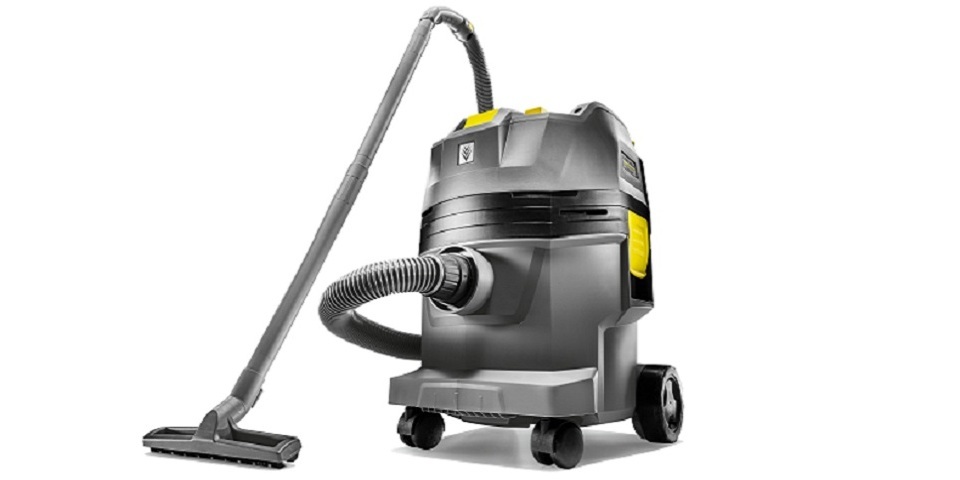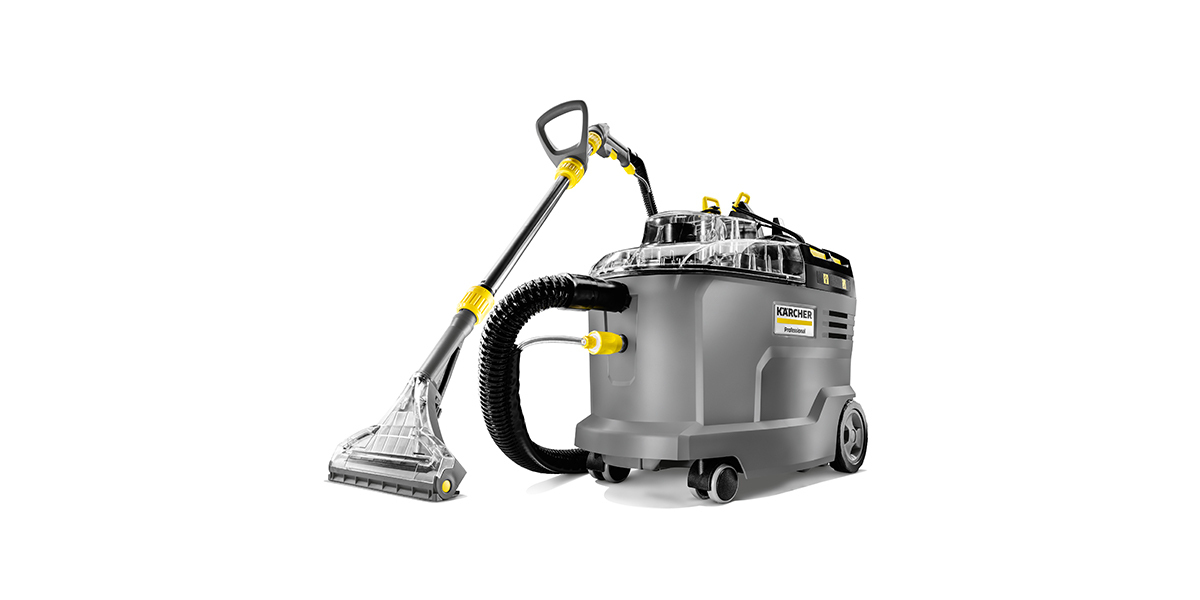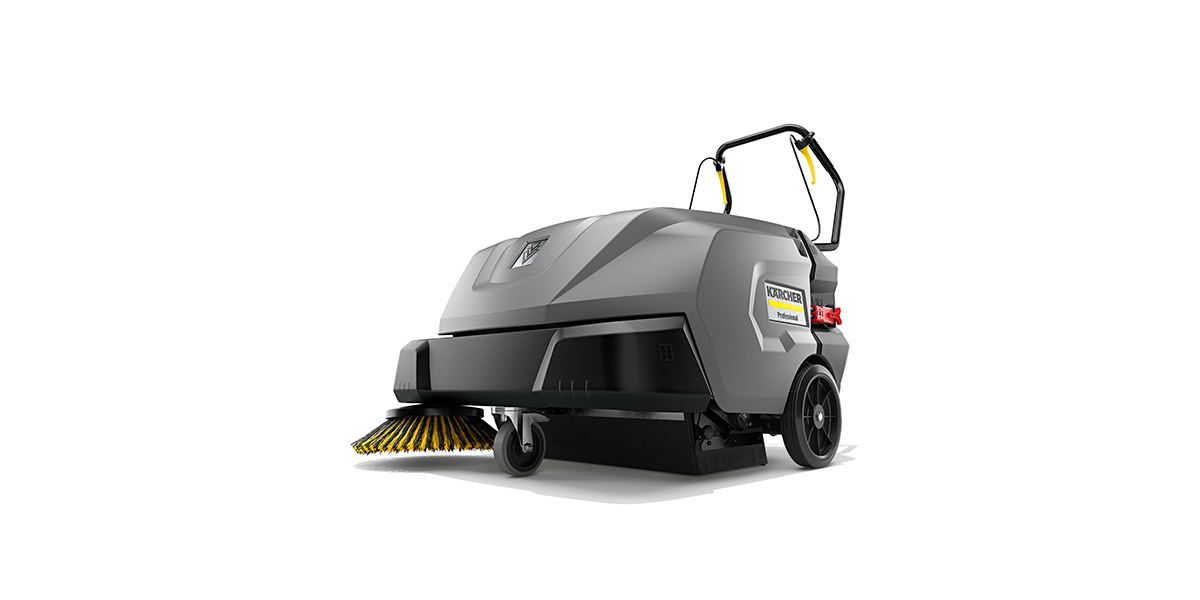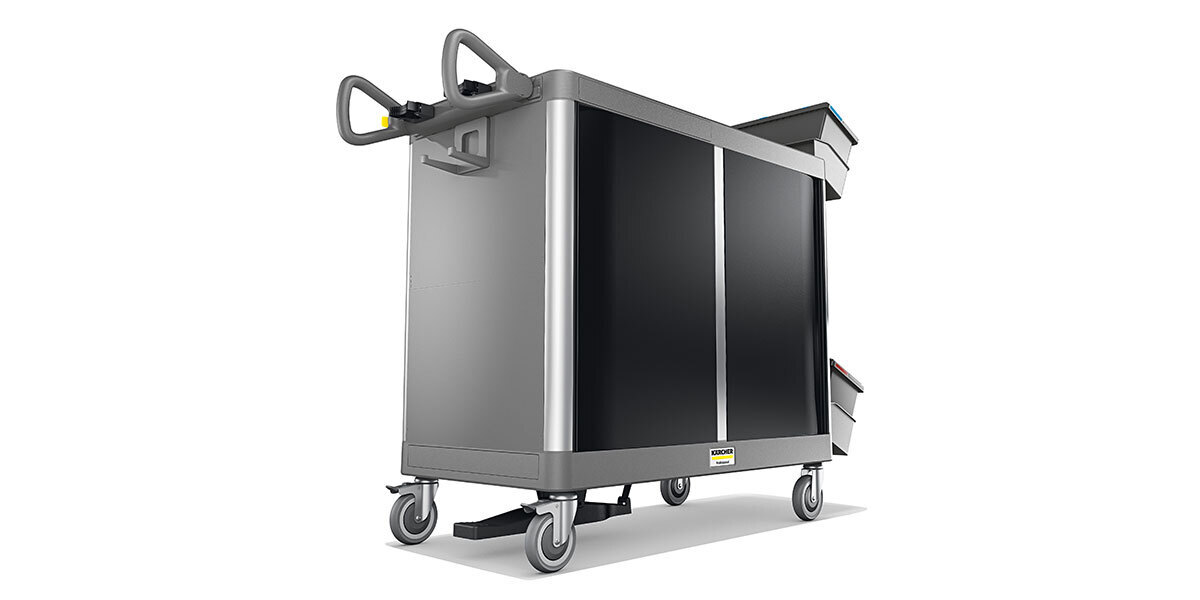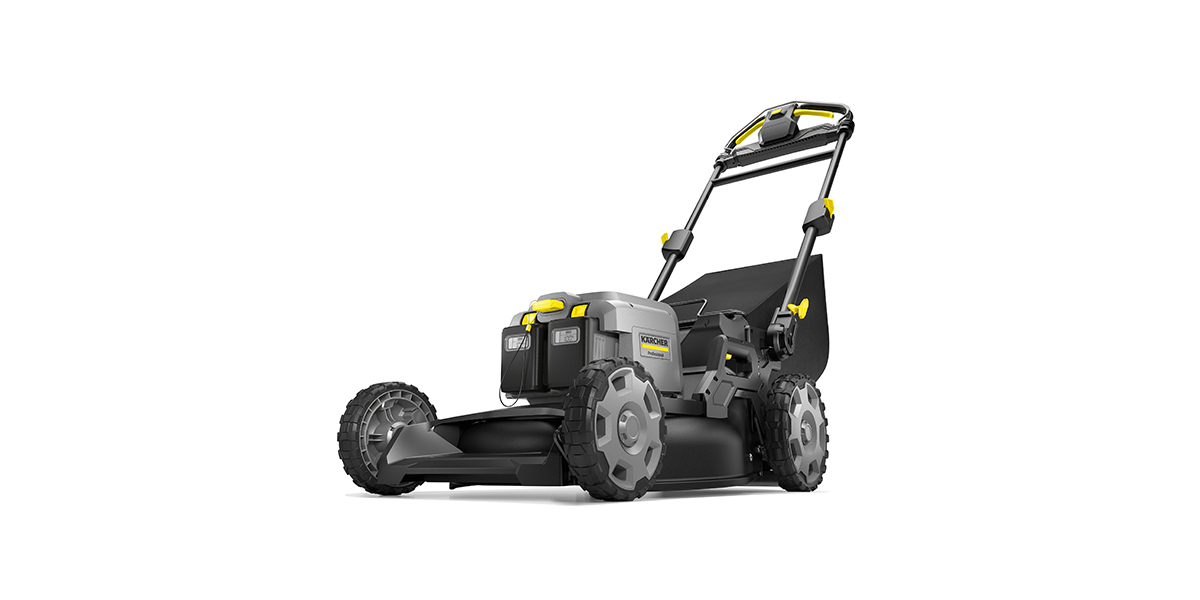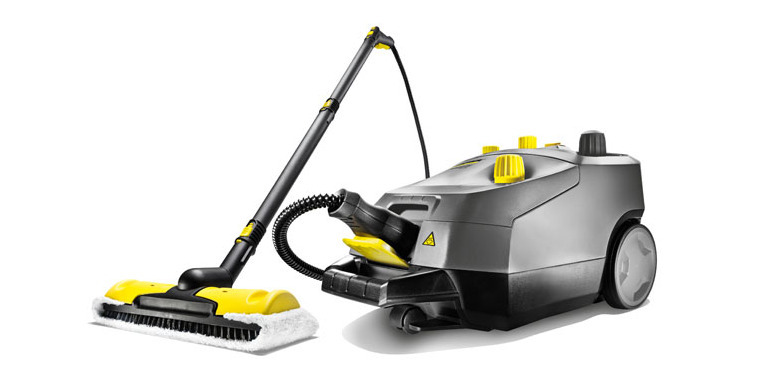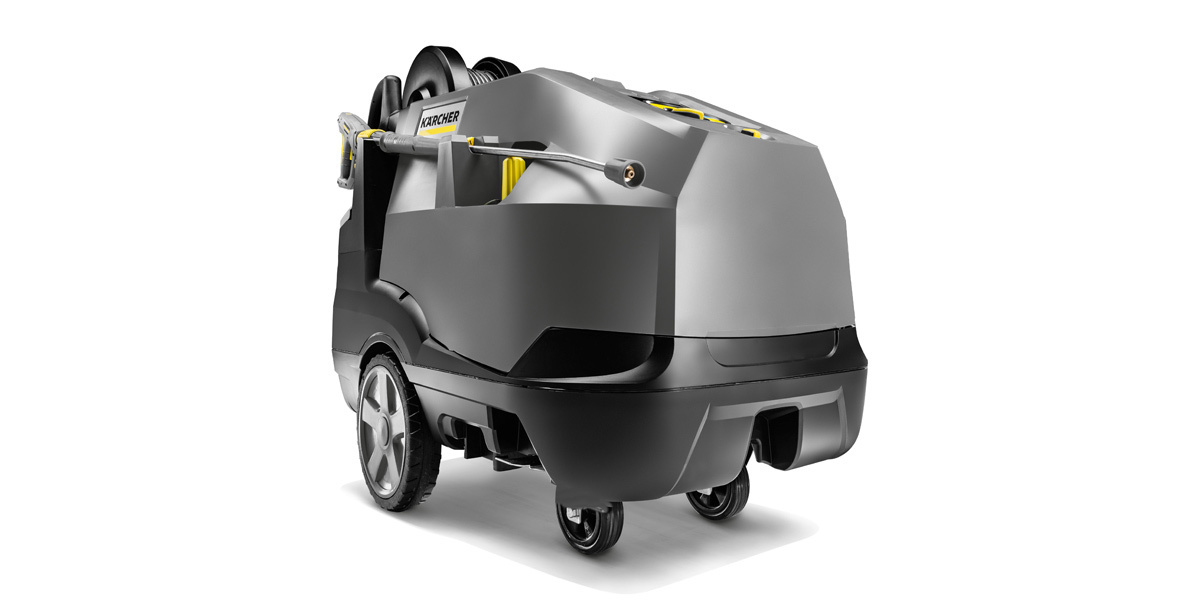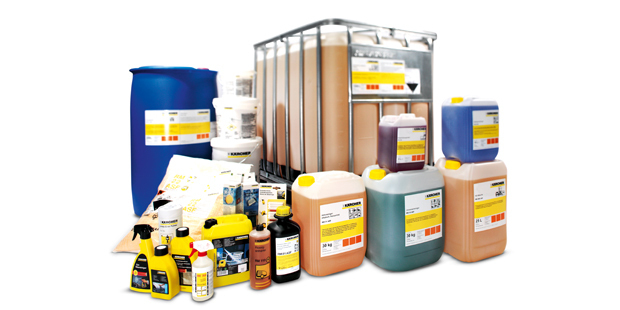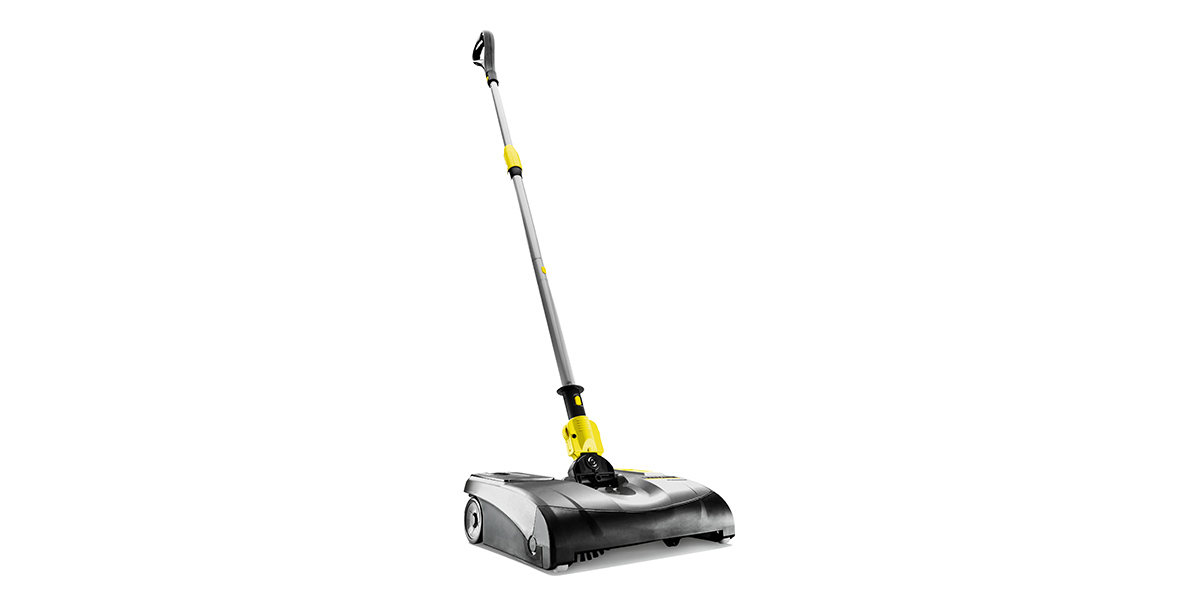Building service contractors: expertise as the key to success
For building operators, keeping their building clean often represents a big financial outlay that cannot be directly translated into profit. Yet everyone involved benefits from cleanliness and hygiene in a number of respects: for one thing, the value of the infrastructure is maintained, and renovation work is less frequently required. Customers, employees and visitors alike all feel more comfortable in a clean environment. Depending on the nature of the premises, cleanliness is also an important aspect in maintaining the health and safety of building users. To achieve all these goals and operate economically, cleaning service providers need a great deal of expertise.
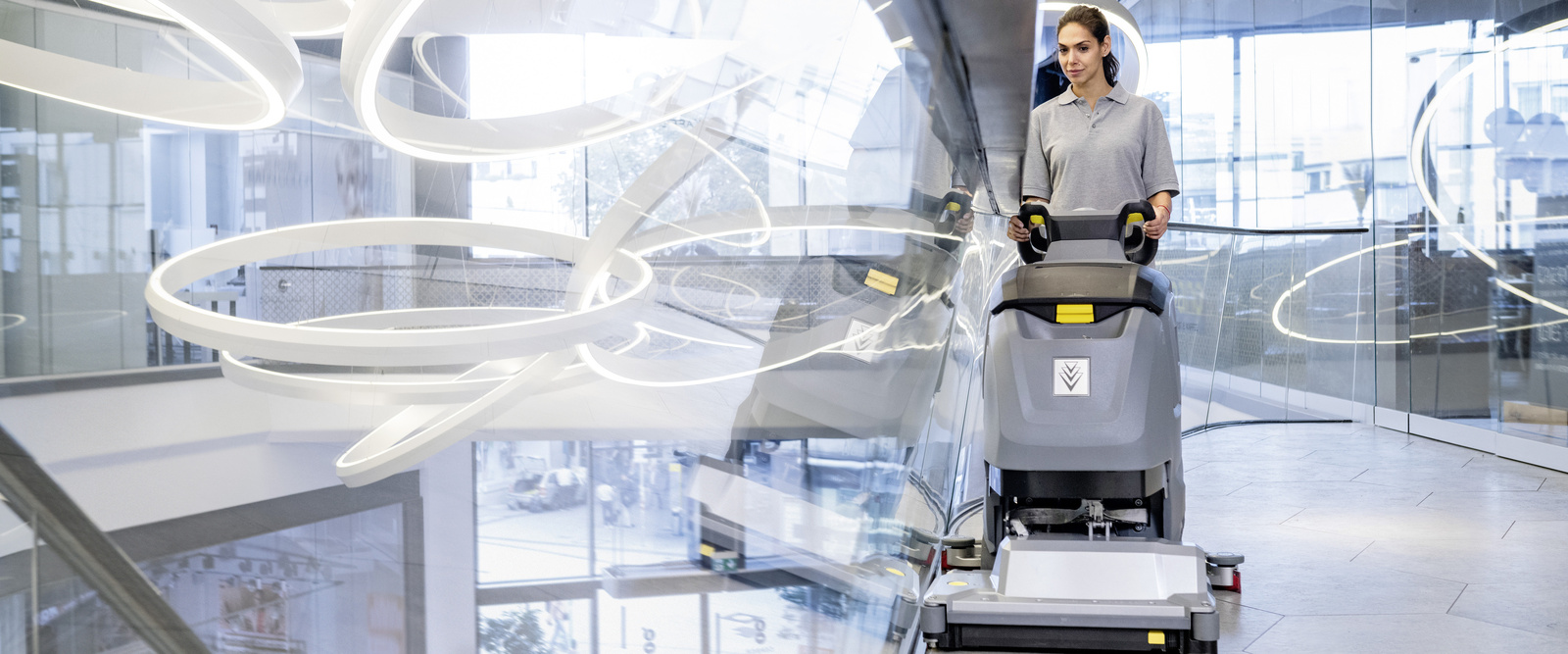
Planning and methods: the backbone of building service contractors
Depending on the property, the objectives of cleaning will have very different focal points and areas with differing priorities. Once the existing cleaning requirements have been determined, this can be used as a basis for planning: how should each area be cleaned, and with what frequency and intensity? The choice of method plays a major role here, as working with pretreatment or spraying methods, for example, is much more efficient and hygienic for surface cleaning than struggling with a bucket and cloth. Once the cleaning sequences and methods have been defined, employee schedules and costings can be worked out. Support can be provided in the form of digital tools, which can be used for everything from order processing, HR management and process control right through to analysing customer feedback.
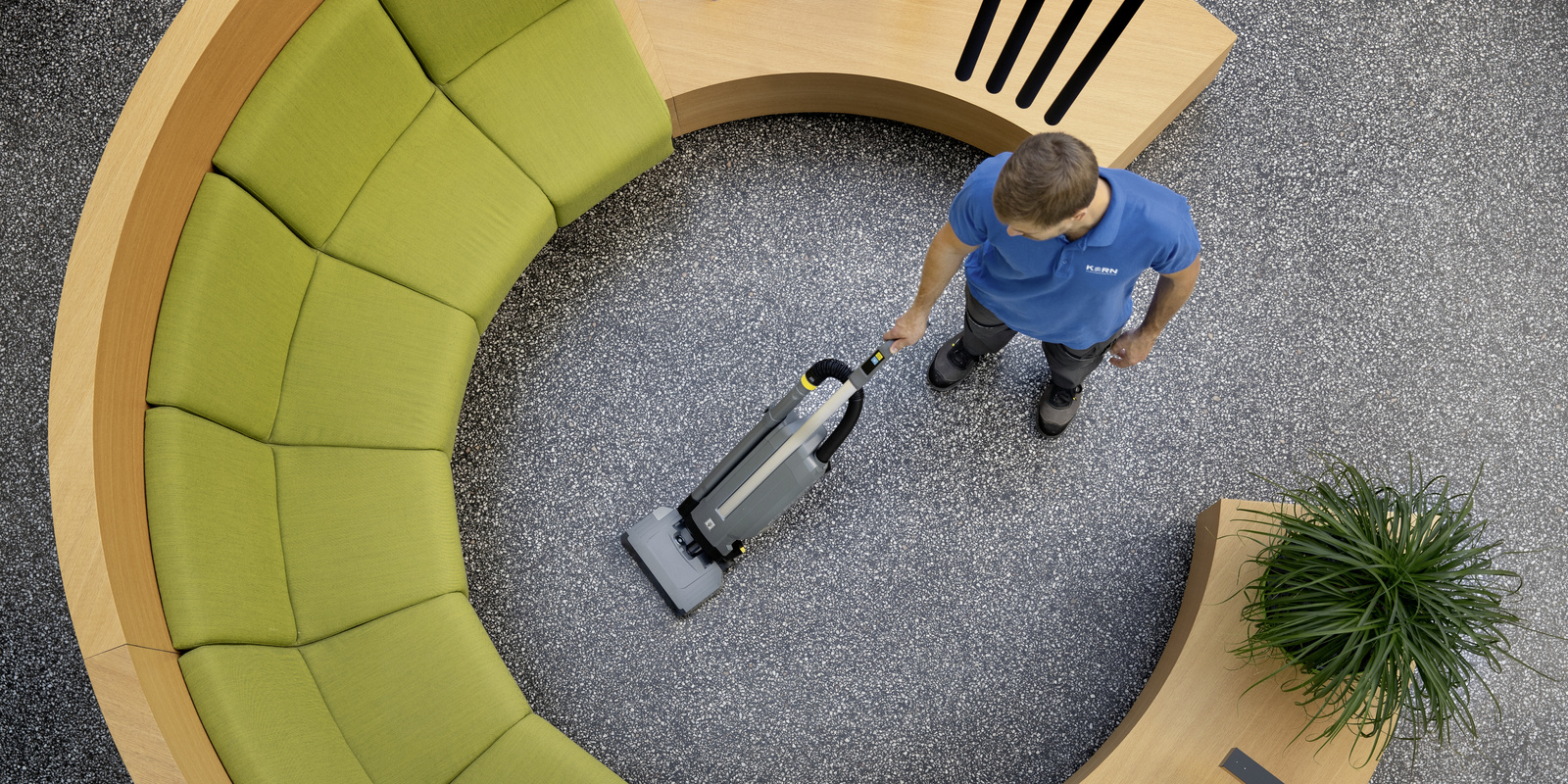
Sustainable cleaning: from recyclate solutions to a needs-based approach
Sustainability is a major trend in the cleaning industry, with various topics the subject of attention. When it comes to products, the main strategy for conserving resources is to uphold the principle of the circular economy. One way to fulfil this requirement is to use machines that have a proportion of recycled content. Detergents, on the other hand, have to walk the tightrope between cleaning performance and eco-friendly active ingredients. In any event, cleaning according to a needs-based approach – which is made possible by digital solutions – is one key way of contributing to greater sustainability.
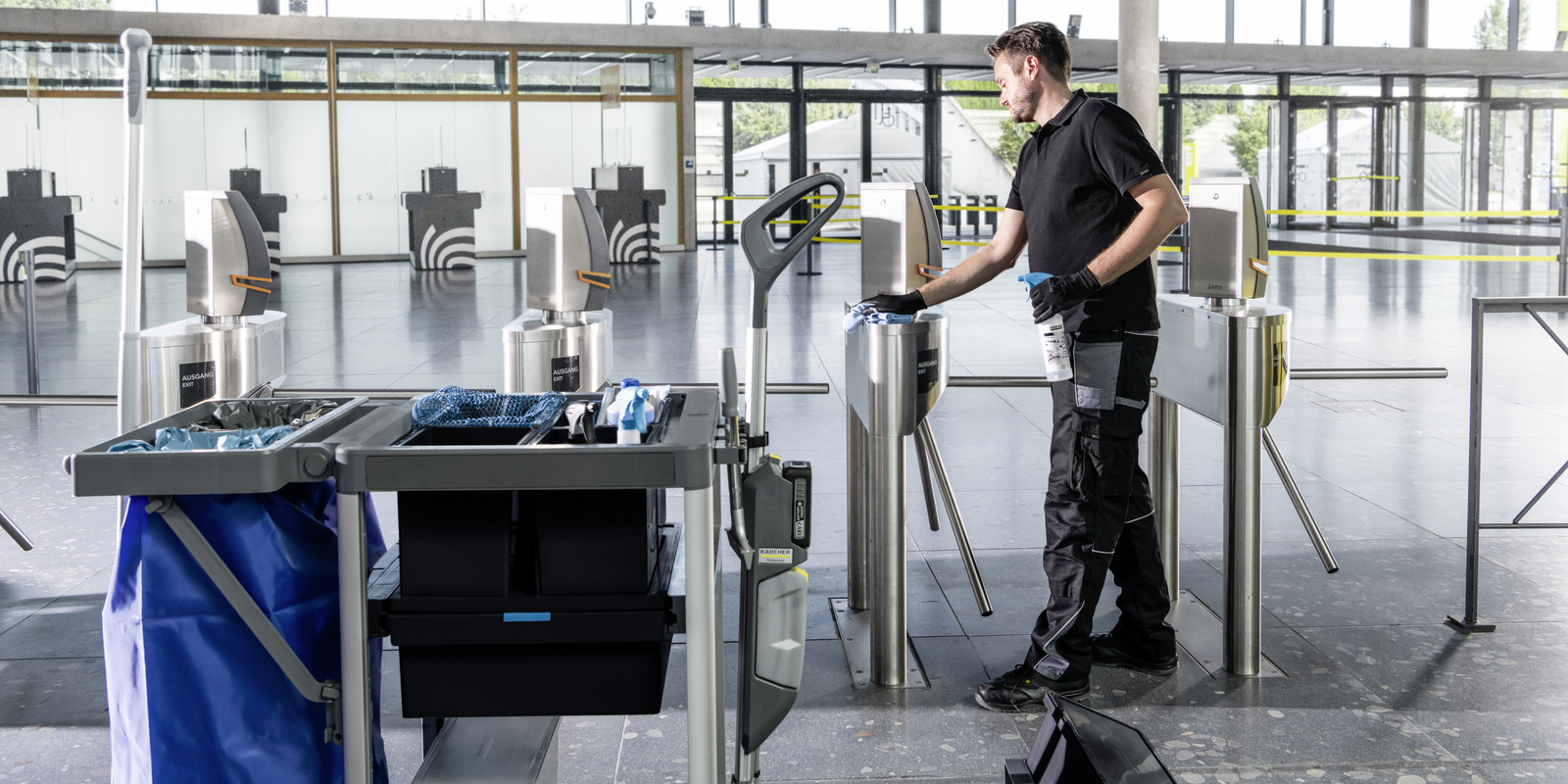
Cleaning technology and manual equipment: improved productivity and ergonomics
Many building cleaning services are still carried out manually, which is why purchasers should consider practical, time-saving solutions. For example, cleaning trolleys should ideally consist of various modules that can be separated on the go, ensuring that the unit can still be used in tight spaces. Tasks that can be mechanised should be carried out with machine support – especially if HR costs account for a high proportion of total costs. The resulting increase in productivity means that investments are quickly amortised. Another important aspect is ergonomics: machines that reduce physical strain improve working conditions and, in turn, minimise absences due to ill health. Cleaning robots that can take over monotonous, physically strenuous work, such as floor cleaning, also relieve the burden on employees.




